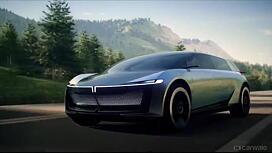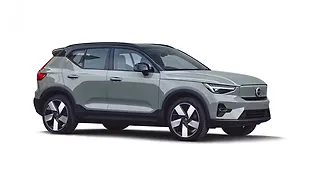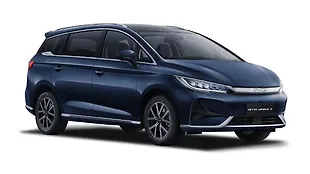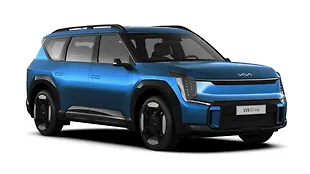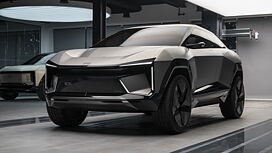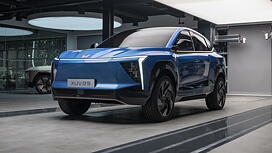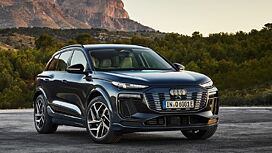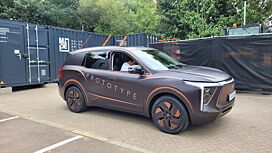What is it?
Taking a step forward in redefining its position in the EV space, Tata Motors has unveiled the Tata Avinya. Yes, it’s still in the concept form like the recently revealed Curvv SUV, but the Avinya has been showcased to reveal the brand’s new design study. It obtains its name from the Sanskrit word ‘Avinya’, which means ‘Innovation’. Tata Motors says that Avinya takes cues from a hatchback, an SUV, and an MPV to put together something new and modern. We recently got a chance to see the Avinya Concept in person and here’s a low down on it.
How is it on the outside?

With the Avinya, Tata Motors aims to tap into a new body style. Starting with the front, the Avinya Concept sports a massive rectangle-shaped design for the front bumper. It further houses the mesh pattern along with two U-shaped louvres. However, what catches one’s eye is the absence of the brand logo on the bonnet. Instead, Tata Motors has gone one step ahead and bestowed the Avinya with LED DRLs that run seamlessly across the width of the dual-tone bonnet, uniting at the centre to form a ‘T’.

At the side, the Avinya has shorter overhangs with the 22-inch swirl-shaped wheels pushed to the edges. The low and flat black roofline flows down to the C-pillar while the sharp L-shaped black insert on the doors gives an edgier look to a rather plain and crease-free body design. Debuting for the first time in any Tata Concept vehicle are the striking butterfly doors that open at the centre.

The design elements continue to get fascinating at the rear. The boot-lid mounted single-piece slim tail light stripe looks striking. Both the sides of the lamp are lifted off rather than hugging to the rear fenders. Further down, the rear bumper bears resemblance to the front while the ‘Avinya’ badge can be seen below the boot line.

How is it on the inside?

The cabin of the Tata Avinya is a departure from the brand’s current design language and focuses on minimalism. The Avinya follows a light beige and tan colour theme all around the cabin. There are no conventional screens for the multimedia system or even a dedicated driver’s display. In fact, a square steering wheel with rounded edges holds a small display screen along with touch-based controls.

Another innovative addition to the cabin is the four individual air vents that have been mounted on the door pads. The speakers have been moved from the doors and tucked below the headrests while the front centre console houses an air diffuser. The concept also featured a rotating driver seat, however, it remains to be seen whether it makes it to the production model.

The rear row features lounge-type seating while the full-size see-through roof adds to the sense of space and gives an airy feel. The traditional ORVMs have been replaced by camera-based units that further display the view with the help of screens placed beside the A-pillar. The Avinya will also make use of recycled and sustainable materials inside the cabin. For example, the floor surface is made using recycled plastic and mineral wastes like recycled oyster shells.

What about the powertrain options?
While the Tata Curvv will be underpinned by the Gen 2 architecture, the Avinya will be based on the more versatile Gen 3 EV platform. In the coming years, the new Gen 3 architecture will be utilised by more Tata EVs across different segments and body styles.

The highlight of the new platform is the ability to house bigger battery packs that can result in an electric range of over 500km. The battery packs will also boast ultra-fast charging capability. As for safety, the Avinya will be equipped with connected car tech, advanced driver assistance systems, and enhanced structural safety.
When is it expected to enter production?

Tata Motors has stated that Avinya is slated to enter production sometime in 2025. The Indian carmaker has also confirmed that Avinya will be a pure electric vehicle and will measure over 4.3 metres in length and will have a wheelbase of 1.3metres. It will make its debut after the recently showcased Curvv SUV that is scheduled for launch in 2024.

